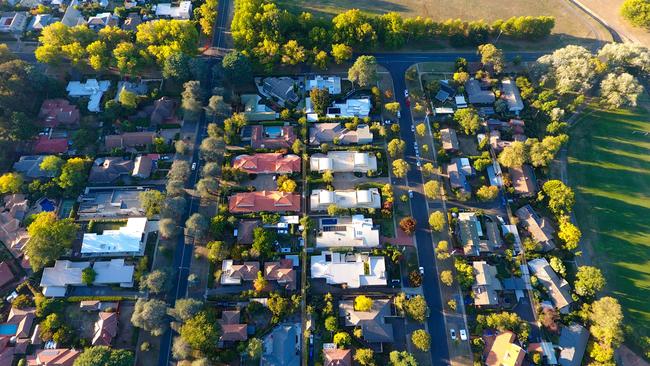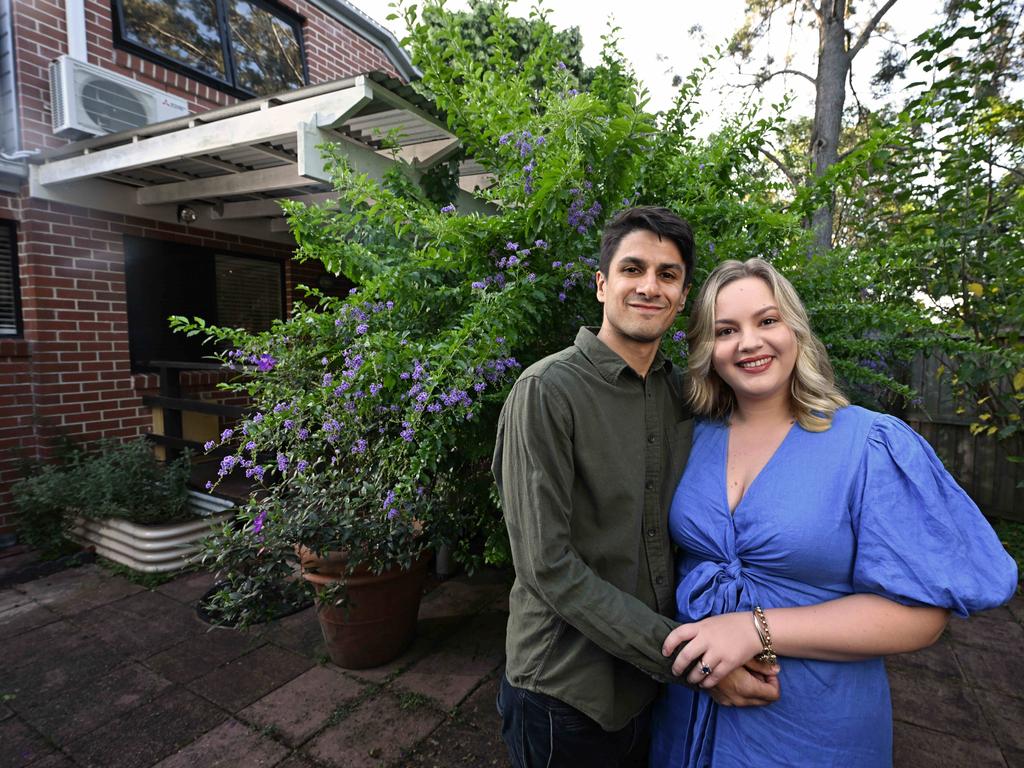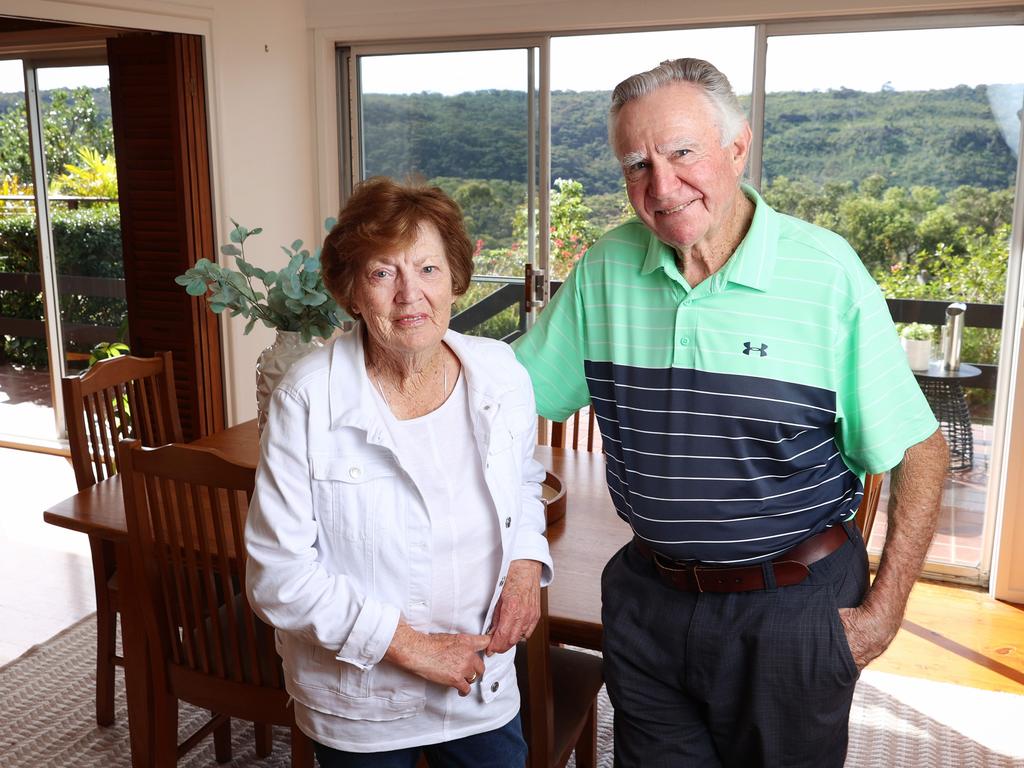Window of opportunity for ‘rentvestors’ to become ‘homevestors'
The tide is turning in regards to purchasing a home, financial planner James Gerrard says, as he advises renters to act quickly, before it’s too late.

Rent where you want to live and buy where you can afford to invest – this is the mantra for an increasing number of young Australians who are following the “rentvesting” strategy. However, as property market and economic conditions shift, there is a window of opportunity for rentvestors to finally become homevestors.
Popularised over the past 20 years, the number of people aged between 25–35 who purchase investment property has doubled, while over the same period, home ownership has declined, with only a third of those under 35 able to purchase a home. Although many rentvestors would prefer to own a home, due to housing affordability being at record lows and Australian capital city property prices being some of the most expensive in the world, they have no choice but to rent.
Although they do not blame the older generation for high property prices, those under 40 generally hold the view that it is much harder to purchase a home now compared to in previous generations’ heydays, when they could buy houses with three to four years of the average income.
To buy the average home in Hobart today takes eight years of the average income; in Brisbane and Melbourne, it’s 10 years’ average income; while in Sydney it’s 16 years. That said, the older generation is quick to remind us of 17 per cent interest rates they experienced in the early 1990s and the sacrifices they made to save a deposit and then pay off their mortgage compared to today’s ‘spendthrift’ generation.
While we could argue back and forth about whether it was easier to buy a home today or in times gone by, the tide is turning in regards to purchasing a home, and renters should take note.

For the rentvestor, the strategy is to minimise housing costs and use free cashflow to invest elsewhere, either in investment property or the sharemarket. In other words, pay a landlord less in rent compared to buying a property and paying interest to the bank.
With rental prices increasing by an average 10 per cent per year for the last three years, tenants are having a larger proportion of their monthly income swallowed up in rent. While it is true that homeowners are also hurting, having experienced interest rate increases from 2 per cent in 2021 to over 6 per cent today, with a softening economy and falling inflation, the consensus is that we have reached peak interest rates.
Share markets are predicting three to four cuts to the RBA cash rate over the next 12 months, which will shave about $5000 per year off the average home loan interest bill. But for renters, it is unlikely they will enjoy a drop in rent as interest rates fall.
That said, rentvestors are likely to be in a healthy financial position right now, having had good returns on their share portfolio and investment property, especially if they bought in Adelaide, Brisbane and Perth, which have all experienced strong capital growth.
If a rentvestor had insufficient funds for a home deposit in the past, with the capital growth they have enjoyed, they could consider liquidating their investment portfolio and potentially find themselves in a position to buy a home, even after factoring in stamp duty on the purchase and capital gains tax on the sale.
Plus, as we enter the traditionally strong spring and summer property period, although auction clearance rates are trending lower than 12 months ago, property experts are forecasting price increases as a result of improving sentiment from buyers and a shortage of properties.
If home loan repayments start to ease in 2025, as expected, owning a home will start to look more attractive compared to renting. The time is therefore now for rentvestors to consider entering the home ownership market before they miss the boat.

If the rentvestor is still short on cash, they can potentially turn to the fifth-largest lender in the country behind the Commonwealth Bank, Westpac, ANZ and the National Australia Bank, called “The Bank of Mum and Dad”. Collectively, parents have lent $64bn to help children buy property. And this particular bank is not very good with credit terms. Repayment terms can vary from “I will start to pay soon” to never and interest rates can sometimes be negative – i.e. the bank keeps giving the borrower extra money instead of collecting interest. That said, a $50,000 loan or gift from a parent to a child in their 20s, 30s or even 40s is likely to be worth a lot more than providing a $500,000 inheritance in 20–30 years’ time as their children are more likely to be financially independent then.
Although some people prefer to rent rather than buy and tie themselves down to a home loan, for those wanting to achieve the great Aussie dream of owning a home, better conditions are likely to be on the way and you must start to get your affairs in order to act sooner rather than later.
James Gerrard is principal and director of Sydney planning firm www.financialadvisor.com.au






To join the conversation, please log in. Don't have an account? Register
Join the conversation, you are commenting as Logout